At RMA, parkrun is a part of our regular vocabulary. When someone says to us “I want to start running, what should I do”, the first thing we say is go to parkrun on a Saturday.
In fact, we even use parkrun as a measure of distance. Our car GPS says 5km left to go and we think “Oh that’s just a parkrun.” And then we think “I can do that in less than X minutes.” In fact, I’m sure some of us have even considered getting out of the car and just running that last 5 kilometres. When we’re looking to run longer distances, it’s a “that’s only 2 parkruns” or if we’re running half and full marathon distances it “that’s just a parkrun left to go”. Safe to say, we love parkrun. It brings much joy to our weekends and not just for us, but our families as well.
I was lucky enough recently to grab some time with the very busy Tim Oberg the CEO of parkrun Australia and the man we have to thank for bringing parkrun to Australia. We thought you might like to hear some of the things that make Tim, and parkrun tick!
How long have you been running and why did you start running?
My dad was a ‘jogger’ back in the 80s. He would put on his running shoes and shorts and disappear for hours at a time. My dad was The Running Guy. I played school rugby in the northern suburbs of Brisbane. I also did weightlifting and was a junior national champion.
After studying in Brisbane, I moved over to the UK. I decided to start running as a weight management option in between travelling through Europe and spending too much time in the pub. I then ran some half marathons plus 10kms. I did the 2007 Munich marathon a few triathlons and a 70.3 in 2008.
In 2010 whilst still in the UK, one of my triathlon mates introduced me to parkrun.
What is your favourite running distance?
I’ve done seven marathons now but marathons hurt. I’m not naturally built for marathons so I would say the 5 and 10 km distance is better for me and where I’ve had the most success. My 5km PB is in the 18minutes, around the 18min 25sec I think. For me now with a young family it’s more about recreational running.
As someone who started running in the UK, how do you see the difference in the Running Culture in Australia in comparison?
Well the difference in weather and my running wardrobe for sure. From tights, beanies and gloves to shorts and singlets.
The other major difference is the density of the UK verse how spread out we are in Australia. So in the UK it’s fairly easy to get all the Run Directors to the one location for a meeting or a conference. So most parkruns are really only a few hours or so away from each other. A challenge for us in Australia is the extra distance between parkruns.
What made you bring parkrun to Australia?
It was a case that my now wife and I were planning our wedding and planning a move back to Australia to live. I was running a travel business at the time but my passion was always health and fitness. I wanted a career in the industry and wanted to meet new people in the industry. I approached parkrun founder Paul Sinton-Hewitt and asked him if I could bring parkrun to Australia and the rest is history.
Why do you think parkrun has been so successful?
There’s a few reasons why parkrun has been so successful. One reason is definitely because it’s free.
The other reason is because it connects people. With all the technology we have today people are becoming more and more isolated and disconnected. We’re looking at computer screens a lot. In some ways we’re the most connected we’ve ever been but in other ways we’re also the most disconnected. At parkrun there are actual humans and we are forced to talk to each other, even if it’s just to say thank you when you get your barcode scanned. At parkrun we engage with each other. The concept is based on real people and real communities.
How important are networks like RMA to the success of parkrun?
RMA and parkrun have a special connection. We essentially have grown at the same rate together and hence have indirectly supported each other through that growth.
RMA is unique. At last check it was the largest ‘club’ (as parkrun calls it) in Australia. Coming close behind though is the Zoolander club which apparently is for very good looking people who run. (Come on RMA let’s not let them overtake us!)
RMA is one of the fun parts of what we do.
People want more and more running events and we give them that through our connection with RMA.
Is there anything RMA members and supporters can do to help parkrun?
Definitely volunteering on mass! I know I’ve heard of RMA takeover days at parkrun which is great. Please volunteer more!
What do we do if we think our local area needs a new parkrun?
There’s a process we go through with our operational team. Contact them through the parkrun website.
For us, safety is number one. We won’t hold a parkrun if we can’t guarantee the safety of our parkrunners. It might be a beautiful location but if the paths aren’t wide enough or there’s something else not safe than we won’t do it.
We also need to have a good relationship with the owner of the land whether that be a local council or government. We then need to build an event team which most people will build through their family and friends.
We also do soft launches of new parkrun locations. We don’t want the first parkrun in a new location to be inundated with hundreds of people which can add to the stress of launch day.
Will Australian cities ever reach “peak parkrun” and if that’s soon, what is the plan? (i.e. if we run out of space in metropolitan places).
Yes, but I promise you that is a very very very long way away (and unlikely in our lifetime). UK hasn’t slowed down and they’ve been operating for seven years longer than Australia. What might happen is we have smaller events. At the moment we average about 128 at each event and that might just decrease. Even if we do run out of new locations than we’ll just manage the existing ones we have.
In case any of us are travelling overseas soon, which is your favourite overseas parkrun?
That’s a really good question.
You can’t go past Bushy Park which was the original parkrun in London.
For family reasons I would say Root 44 in South Africa. It’s near Cape Town and goes through vineyards and finishes in the middle of a small Saturday market with food stalls and activities for the kids. It’s the best experience.
What’s the best tip you’ve been given for running and can pass on to the RMA network?
This comes from one of my physio mates and my tip is to work on your stride length. He told me it should be 90 strides per leg per minute. Overstriding can cause you injuries. (After discussions with Tim we decided that if you use a Garmin the cadence measurement you get must be both legs combined so we should be aiming for 180 on our Garmins.)
What’s next for parkrun? Anything new we should keep an eye out for?
Early on for parkrun Australia it was about grow, grow and get bigger and bigger. Now we’re at 340 events every Saturday. Now it’s more about the impact we can make through parkrun. Which communities around Australia really need a parkrun? Which communities are less fortunate or will benefit from the health impact?
We are also underway with our 12 month junior parkrun pilot which is going well and we will review it once we’re finished.
Safe to say that parkrun is around to stay (phew) and our love for it will only grow. Thank you to Tim for his time to interview him. One of our RMA network also asked on the Facebook group about how we might work for parkrun Australia. Tim let me know that they’re not currently hiring but when they do it is advertised in all the normal places online and no doubt he’ll have a thousand applications from running mums!
Also, if you haven’t already, join the Running Mums Australia team and get out there and parkrun volunteer before the end of the year.
You can see more about parkrun at www.parkrun.com.au

Article by Leona Jones.


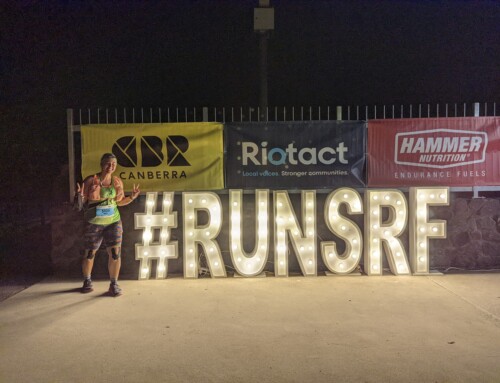
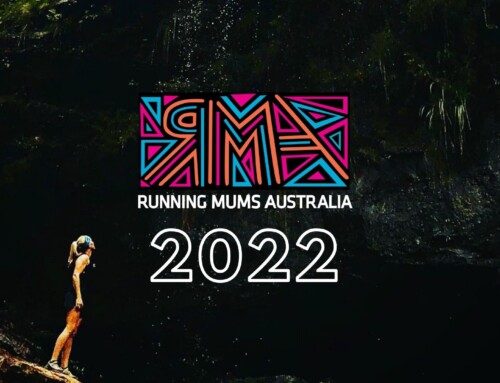
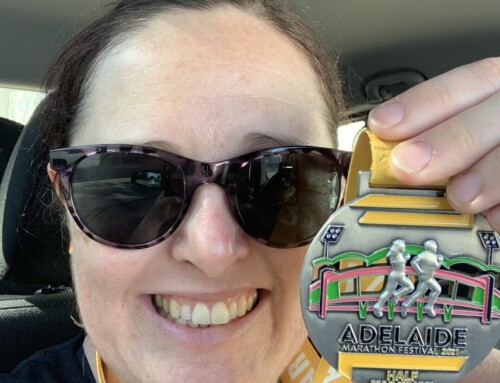
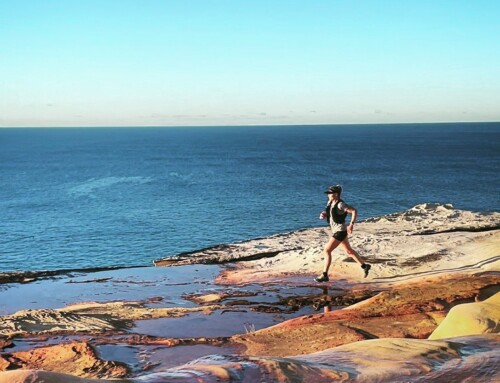
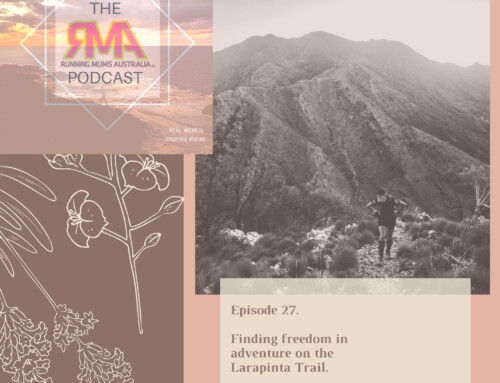
Leave A Comment